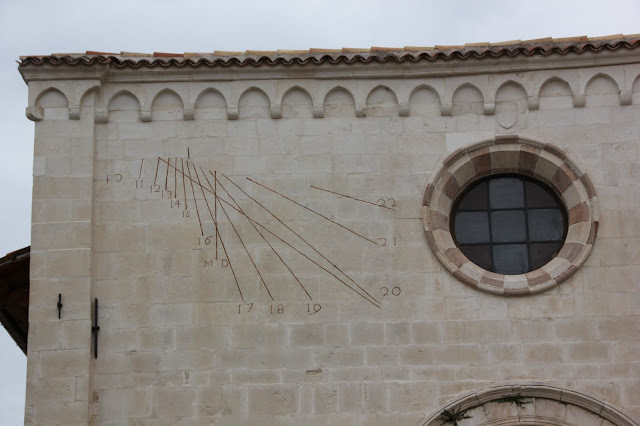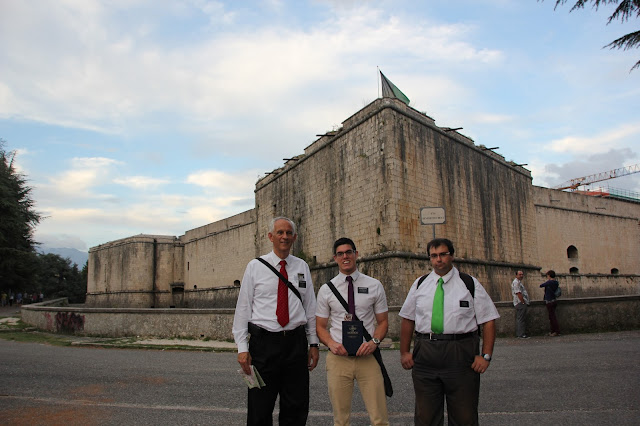L'Aquila ("The Eagle") is a city in Southern Italy that is laid out within medieval walls on a hill in the valley of the Aterno River.
L'Aquila sits upon a hillside in the middle of a narrow valley; tall snow-capped mountains of the Gran Sasso massif flank the town. A maze of narrow streets, lined with Baroque and Renaissance buildings and churches, open onto elegant piazzas. Home to the University of L'Aquilal, it is a lively college town and, as such, has many cultural institutions: a repertory theater, a symphony orchestra, a fine-arts academy, a state conservatory, and a film institute. There are several ski resorts in the surrounding province. The Province of L'Aquila, the largest of the four provinces of Abruzzo, is the only one with no access to the sea. Due to its dimensions, it presents a great variety of customs and traditions, history and dialects.
In April 2009, L'Aquila was almost completely destroyed by a 6.3 earthquake. Even today most of the inner city is closed and under reconstruction. It will be years before parts of it are operational again.
 |
| Piazza Duomo is partly dead because of damage from the earthquake, but a few shops are opening up and fighting for business in the piazza. |
 |
| Even most of the churches that are open still have sections that are closed because of severe damage. |
 |
| This church had some real interesting paintings. This one is St. Peter. |
 |
| FontanaLuminosa |
 |
| Basalica di Santa Maria di Collemaggio |
 |
| Fiat Cinque Cento |
 |
| Fontana delle 99 Cannelle - Fountain of the 99 Spouts was built in 1272 and has been operational for 800 years. |
 |
| Church with sundials |
 |
| Earthquake Damage |
 |
| The city looks like a forest of cranes. |
 |
| Forte Spagnolo or Spanish Fort built in 1534 |
 |
| Ceiling of the Bascilica Di San Bernadino |
 |
| Wedding party in Piazza Duomo |


























































No comments:
Post a Comment